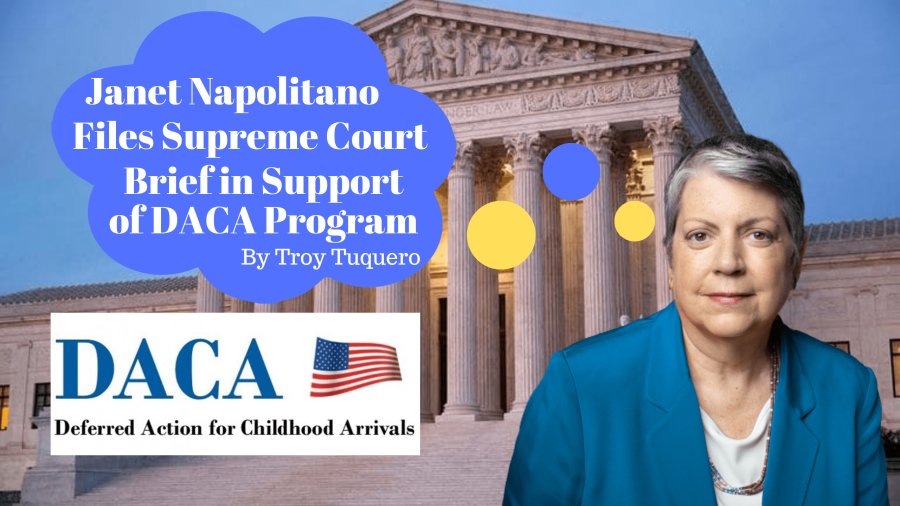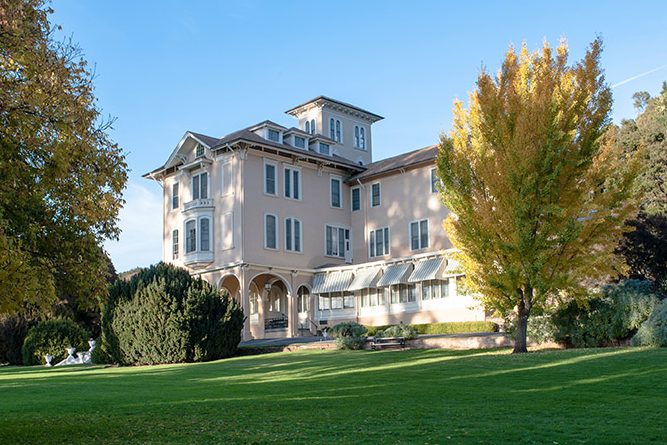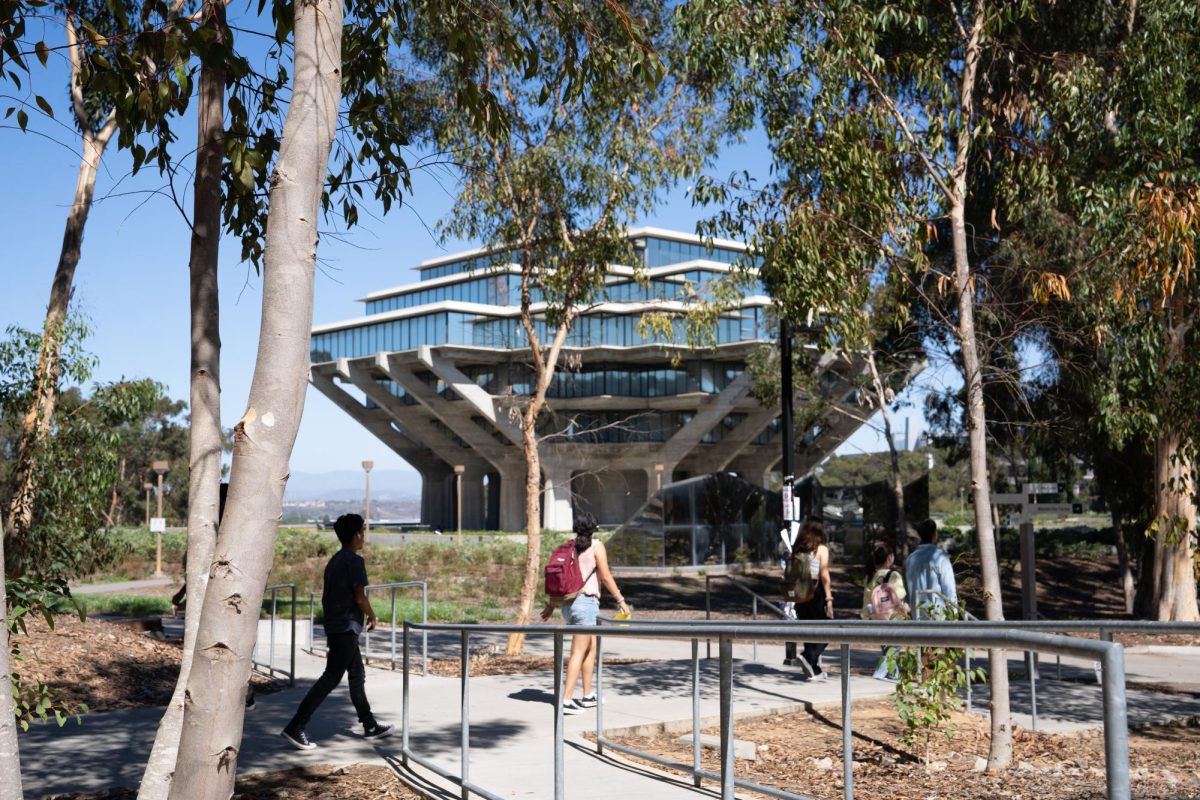The University of California Office of the President announced that it filed a brief with the Supreme Court challenging President Donald Trump’s decision to rescind the Deferred Action for Childhood Arrivals program on Friday, Sept. 27. The brief alleges that the Trump administration acted “illegally” by stopping the program “without offering any valid justification for doing so.”
“Today, the University of California continued our fight to protect the nearly 700,000 Dreamers here in the United States and in our community who are DACA recipients,” the statement reads. “UC’s DACA students are studying to be the next generation of teachers, doctors, engineers, and other professions that make life better for everyone.”
The statement goes on to reiterate the UCOP’s belief that the Trump administration acted illegally, citing rulings from five federal courts who noted the decision to be “arbitrary and capricious, and therefore unlawful.”
UCOP also applauded its efforts to “provide a safe and supportive environment for [its] DACA students,” and pledging to continue to do so.
On Sept. 27, the University of California filed a brief in the Supreme Court challenging the Trump administration’s decision to rescind DACA. Read UC President Janet Napolitano's statement here. #DACA https://t.co/pQGTSqSDIF
— UC Imm. Legal Svcs (@UCIMM_Legal) October 2, 2019
President Barack Obama created the program by an executive memorandum in 2012. Under the policy, certain undocumented individuals who were brought to the United States as children could be eligible for deferred action from deportation and given work permits. UC President Janet Napolitano authorized DACA while serving as Secretary of Homeland Security under the Obama Administration in 2012.
According to the Public Policy Institute of California, more than 750,000 people are in the program as of 2017. More than 200,000 of these individuals live in California.
President Trump formally announced his plan to phase out the program back in September 2017. The Trump administration argued that DACA was an example of executive overreach by the previous administration, although they expressed hope that the program could be preserved through comprehensive immigration legislation.
“I do not favor punishing children, most of whom are now adults, for the actions of their parents,” Trump said in a statement at the time. “But we must also recognize that we are a nation of opportunity because we are a nation of laws.”
Numerous state governments, including California, immediately sued the administration for its decision on DACA. The UC system under President Napolitano filed a separate lawsuit three days after President Trump’s announcement, denouncing the recission as “wrongly and unconstitutionally violating the rights of the university and its students.”
In January 2018 the United States District Court for the Northern District of California halted the program rollback and ordered the federal government to allow recipients to renew their applications. Congress was unable to pass a bill to protect the program as part of a wider immigration deal before the March 2018 deadline that President Trump’s administration had previously set.
The UCSD Guardian was unable to find DACA students who would be willing to comment on the UC system’s recent statement due to potential safety concerns and the sensitive nature of their immigration status.
Associate Vice President of Equity, Diversity, and Inclusion Noah Palafox as well as staff at the Undocumented Student Services Center declined to comment on this issue.
The Supreme Court is expected to hear arguments on whether the Trump administration acted lawfully in the termination of the program in the case, Department of Homeland Security v. Regents of the University of California, in November of this year. Undocumented students at UCSD are encouraged to visit UC resources and consult with educational materials from the National Immigration Law Center and Educators for Fair Consideration to learn more.















Richard • Oct 7, 2019 at 2:33 am
If DACA can be created by executive order, why can’t President Trump create a lawful gun right in addition to the Second Amendment?